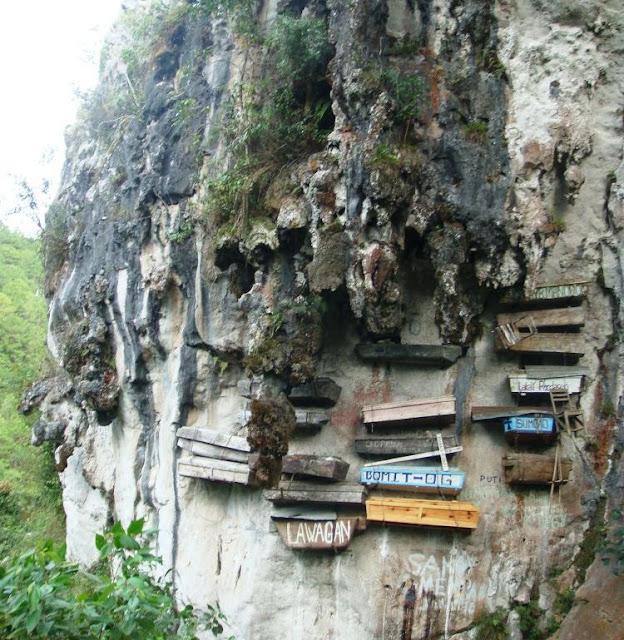The hanging coffin is a unique Chinese funerary custom that began in the 8th century BC. As the name suggests, families would place the deceased into wooden coffins and hang them on the side of cliffs. Although no one knows exactly how or why the hanging coffins came to be, there are various hypotheses about their origins. Most commonly, they are attributed to the Bo people, an ethnic minority who resided in Matangba, China over 3000 years ago. Expeditions to the coffins and scientific dating corroborate these assertions. During the height of the Bo people, hanging coffins were the most widespread form of burial in ancient southwest China. The practice ended with their unexplained disappearance.
It is assumed that the practice of hanging rather than burying the coffins has to do with placing the body closer to heaven and that the hanging coffins were considered auspicious for both the deceased and living. Hanging coffins came in three distinct types: • Cantilevered on wooden stakes • Left inside caves • Rested on projections on rocks. For the coffins dangling from cliffs, a form of pulley device was used to lower the coffins or a timber scaffold was used to raise them. Most hanging coffins can today be found in China, but there are other iterations of the phenomena around the Philippines and Indonesia.
Enjoy Reading and Pls Support us by Liking Us on Facebook





